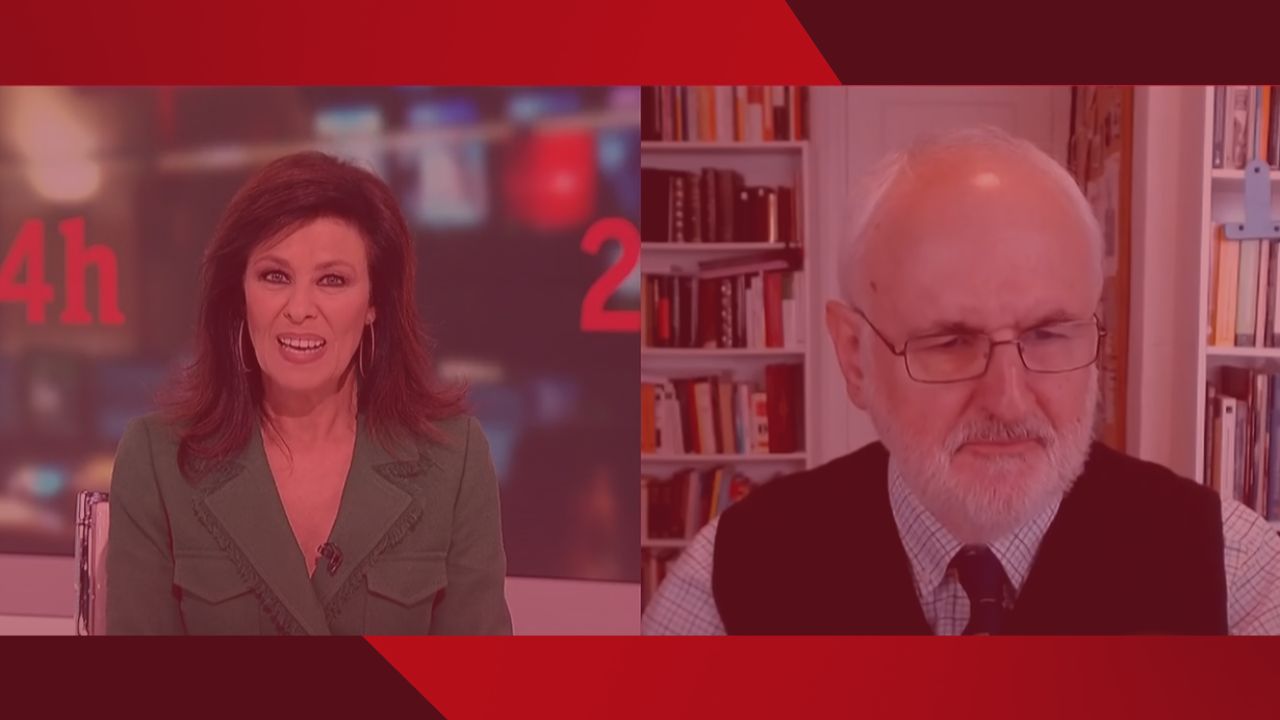A bond is an instrument that states issue to finance themselves. In exchange for an investor agreeing to pay the bond, the state promises to pay the principal at the end of the period of maturity, plus an annual interest rate that is set based on the market price at the time of purchase. In this way, any state can ask for money in international markets and any investor can lend it to them. However, this mechanism does not exist without its problems.
The interest rate of any financial asset is, to a large extent, a proxy for the risk of that asset. Therefore, the higher the interest rate is, the riskier it is to invest in the asset. In order for a country with a high amount of debt prior to asking for new loans, it must offer a high interest rate to offset the risk of default. Both Spain and Italy find themselves in this situation, with 95.5% and 134.80% of public debt as a portion of their GDPs, respectively.
Given that the coronavirus crisis has not only affected these two countries but the European Union as a whole, the European Central Bank (ECB) has deployed an ambitious policy plan by which they hope to alleviate the economic situation. Specifically, they released the Pandemic Emergency Purchase Program (PEPP), a plan of 750 billion euros. But what do these Eurobonds (or Coronabonds) consist of? What institutional implications do they have? What strengths and weaknesses do they exhibit?
The concept of the Eurobond is the same as that of the normal bond. In this case, the debts of all the member states are combined into collective European packages. Who issues them? The ECB does not, as it is expressly prohibited from buying debt directly from member states in order to maintain its independence from politics. Therefore, as presently defined, there is no institution in the European Union that can do this. For this competency, a «European Debt Agency» or «European Tax Authority» ought to be created.
The usual mechanism for purchasing bonds up until now has been the ECB, who after deciding to purchase them would expand its balance sheet in order to create deposits that it would then use to buy the bond from its holder at a price that would prevent interest rates from rising. Note that the ECB does not buy them directly from the member states (the primary market) because it is prohibited, but rather from the investor who already owns them (the secondary market).
Whereas, with the creation of Eurobonds, the mechanism would allow the ECB to act as an intermediary by expanding the balance sheet and then allocating those created deposits to a hypothetical European Debt Agency. The agency would then be in charge of purchasing the bonds from the debt holders and from those bonds creating a financial derivative called a collateralized bond obligation (CBO). A CBO is a bond (in this case the Eurobond) backed by other bonds that vary in quality (including junk bonds). When combined, the collective product will offer enough diversification to constitute a safe investment product.
After the creation of the CBO, the European Debt Agency would sell the Eurobond to the ECB, making a profit along the way. Afterwards, the ECB will take advantage of the debt contracted with the banking system in the form of deposits and redeem them in exchange for the Eurobonds. In short, the bondholder is able to sell them and can make deposits; the European Debt Agency keeps amongst its assets the bonds of the member states, earning net worth on top of them. The ECB will only intervene as an intermediary, without changing its balance sheet, and the banking system would then exchange the reserve deposits held at the ECB for the Eurobonds.
The purpose of this intricate process is to drain the banks’ reserve deposits (who only hold them because of a lack of investment opportunities) and to have them exchange those same deposits for a financial product that they must put on the market to obtain new liquidity. It is a far-fetched way to force banks to move money in hopes of reviving the economy. As a result, Eurobonds were proposed during the Great Recession as a countercyclical economic policy.
Their new appearance in the political scene is motivated more by the mutualization of debt between the member states that would arise from the creation of these CBOs than by goals of reactivating the economy. While the idea of Eurobonds was born in the Great Recession as a means of liquidity injection, it is now being presented as a way of recovering solvency for highly indebted countries.
An interesting question that can be now be asked is what function in the accounting mechanism displayed above does the net worth earned by the hypothetical European Debt Agency possess? It could be distributed as a dividend to those nations that do not employ this mechanism to mutualize debt (predictably, it will be those northern countries with more consolidated public finances). In other words, this dividend will serve as payment for the guarantee that countries who do not need to employ this mechanism will make available.
Obviously, this is very advantageous for the most fiscally irresponsible countries while also presenting great risks to those countries who indeed are fiscally responsible. In addition, the bankruptcy of a single member of the European Union could lead to the suspension of payments to the rest, despite the fact that they have no responsibility for the bad acts of the neighbor who went bankrupt. In short, it is not clear that Eurobonds are a satisfactory measure in the long term, due to the moral hazard and the incentives they create in highly indebted member states (it will allow them to continue without applying measures to establish fiscal balance).






